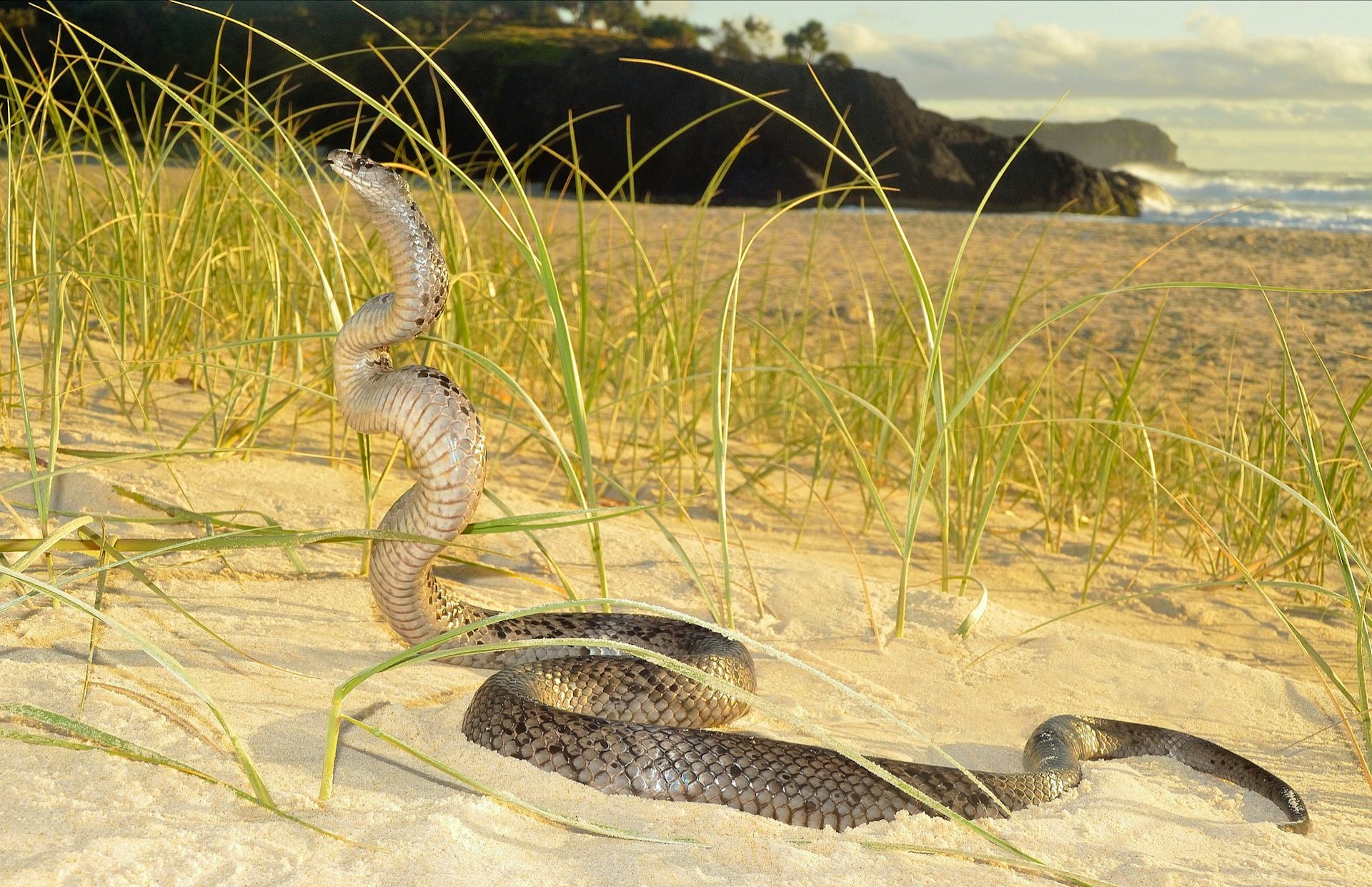Introduction
Tiger snakes (Notechis scutatus) are amongst the most interesting yet been afraid reptiles found in Australia. With their striking appearance and powerful venom, these snakes evoke a mix of admiration and care. Observing tiger snakes in their natural environment can be an electrifying experience for nature enthusiasts, wildlife professional photographers, and researchers alike. Nonetheless, it's essential to approach this undertaking with regard for the animal's habitat and an understanding of safety measures to avoid snake bites.
In this detailed guide, we'll explore exactly how to safely observe tiger snakes in their all-natural environment. We will cover subjects varying from comprehending their actions and habitats to emergency treatment for snake bites-- equipping you with expertise to boost your experience while reducing threats. First aid for snake bites
What is a Tiger Snake?
Tiger serpents are extremely poisonous serpents native to Australia, especially Tasmania and seaside areas. They are recognized for their distinctive banded pigmentation appearing like a tiger's red stripes, which can vary from yellowish-brown to dark brown or even black.
Physical Characteristics
Tiger snakes are medium to large-sized snakes that can mature to 2 meters long. Their bodies are durable, and they have a broad head that is distinctly wider than their necks.
Habitat Preferences of Tiger Snakes
These reptiles commonly inhabit wetlands, tidewaters, and seaside areas yet can likewise be found near freshwater sources like rivers and lakes. Recognizing where these serpents live is important for anybody wanting to observe them safely.
Understanding Tiger Serpent Behavior
Are Tiger Snakes Venomous?
Yes, tiger serpents are among one of the most venomous snake species globally. Their venom has neurotoxins that can lead to serious medical difficulties if bitten.
Behavioral Traits
Tiger serpents are generally timid animals; they favor to prevent human communication. Nonetheless, they can come to be aggressive if intimidated or collared.
Where Can You Locate Tiger Snakes?
Tiger Serpent Habitat Exploration
To safely observe tiger snakes in their all-natural habitat, it's essential initially to determine where they thrive. They have a tendency to favor:
- Coastal marshlands Mangroves Swamps Riverbanks
Best Places for Observation
Some suggested locations consist of:
- Tasmanian wetlands The shorelines of southerly Australia National parks with water bodies
Safety Safety measures Prior to Observing Tiger Snakes
Understanding the Risks of a Tiger Snake Bite
Although encounters with tiger serpents can be awesome, understanding the dangers entailed is paramount:
Recognize symptoms of a snake bite: swelling at the site, pain emitting from the bite area. Know emergency situation get in touches with: Familiarize on your own with neighborhood emergency situation services. Carry a first-aid package particularly outfitted for serpent bites.
First Help for Serpent Bites: What You Need to Know
Knowing what actions to take if bitten can save your life or another person's:

- Stay calmness; movement increases poison spread. Call for clinical aid immediately. Do not apply ice or attempt suctioning.
How to Securely Observe Tiger Snakes in Their Natural Habitat
When you make a decision to observe tiger serpents in the wild:
Dress Appropriately: Wear long pants and sturdy boots. Use Binoculars: Maintain a safe distance while observing these reptiles. Avoid Abrupt Movements: Quick movements might stun them. Stay on Developed Trails: Avoid straying into dense underbrush where presence is low.Equipment Required for Observation
Essential Gear Checklist
- Binoculars First-aid set particularly created for serpent bites Field manual on Australian reptiles Camera (with zoom capacity)
Snake Bite First Aid Package Essentials
A fully equipped emergency treatment set must consist of:|Thing|Objective|| -------------------------------|-------------------------------|| Compression bandage|To incapacitate the damaged area|| Antihistamines|For allergic reactions|| Emergency situation contact numbers|Quick gain access to throughout emergencies|
Interpreting Tiger Serpent Signals
Understanding just how tiger snakes interact via body movement helps viewers assess when it's risk-free or unsafe:

Common Behaviors
Defensive posture: If curled or increased off the ground. Retreating actions: When they slowly pull back from possible threats.Dealing With Prospective Encounters
Even with safety measures taken, an experience might still happen during your observation trip:
Remain tranquility; stressing just enhances risks. Slowly retreat without transforming your back on the snake. Venom Types Make your presence known vocally but prevent unexpected movements.Frequently Asked Questions Regarding Tiger Snakes
1. What ought to I do if I see a tiger snake?
Remain calmness; observe from a range without disturbing it.
2. Are infant tiger snakes dangerous?
Yes, juvenile tiger serpents are birthed poisonous and might pose threats comparable to grownups in spite of being smaller.
3. Exactly how common are tiger serpent bites?
While occurrences take place yearly in Australia, fatalities are unusual because of prompt treatment availability.
4. Can I keep a tiger serpent as a pet?
Keeping wild tiger snakes as pet dogs is illegal in several areas because of preservation laws.
5. What does a tiger serpent bite appearance like?
Bite marks typically show two puncture injuries along with local swelling and discoloration.

6. How effective is antivenom?
Antivenom treatment is extremely efficient when provided timely after a bite.
Conclusion
Observing tiger serpents in their natural environment uses an electrifying chance for wildlife enthusiasts however should be approached with caution and skillstrainingcollege.com.au regard for both the animal and its setting. By equipping on your own with knowledge regarding these fascinating reptiles-- including comprehending their behaviors and precaution-- you can enjoy memorable experiences while significantly decreasing risks associated with encounters.
In summary, always prioritize security by preparing appropriately before starting any kind of wildlife monitoring expedition-- especially when dealing with several of nature's most poisonous creatures like the tiger snake!